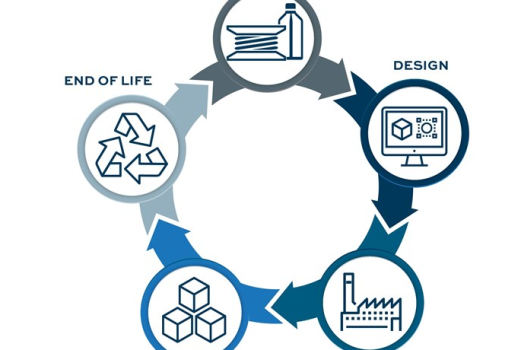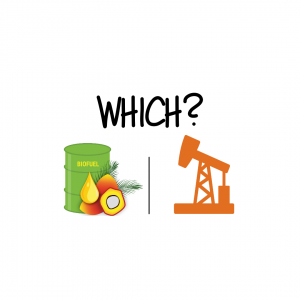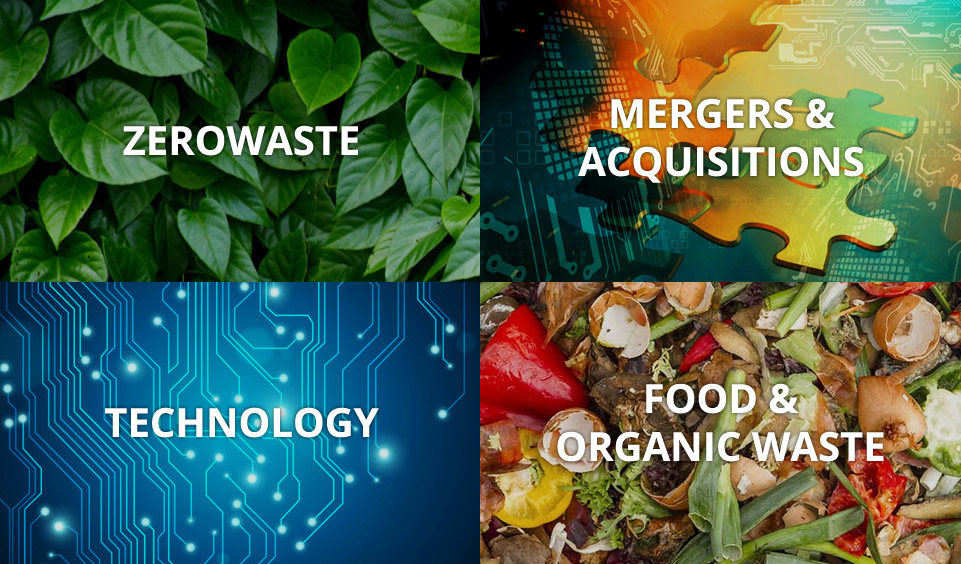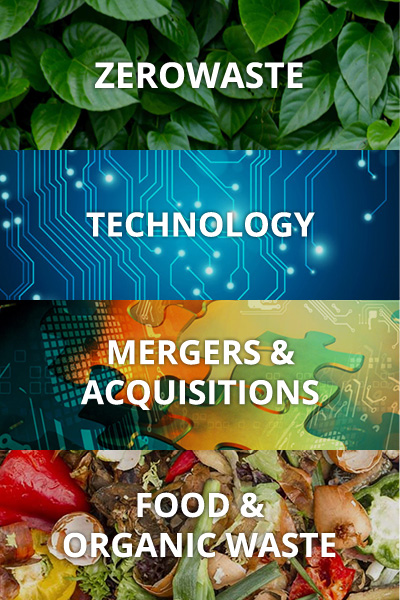A comprehensive overview of the Waste Management Market is recently added by UnivDatos Market Insights to its humongous database. The Waste Management market report has been aggregated by collecting informative data on various dynamics such as market drivers, restraints, and opportunities. This innovative report makes use of several analyses to get a closer outlook on the Waste Management market. The Waste Management market report offers a detailed analysis of the latest industry developments and trending factors in the market that are influencing the market growth.
Furthermore, this statistical market research repository examines and estimates the Waste Management market at the global and regional levels. The Waste Management market is expected to grow at a CAGR of 5% from 2021-2027.
Market Overview
Key factors influencing the growth of the waste management market are the growing population around the world, industrialization in developing economies, and increased awareness about waste management and recycling around the world. With the increasing population and rapid urbanization in most countries, the waste generated all over the world is increasing. The world generated 2.01 billion tons of solid waste in 2016, this number is expected to rise by 70% by 2050 producing 3.40 billion tons of waste in that year. All this waste needs to be properly treated to avoid pollution which can lead to health and economic problems.
Additionally, the increased awareness about recycling and sustainability is also encouraging governments to invest in better waste management treatments. Effective waste management includes segregating different types of waste and recycling as much of it as possible. This method however is costly and remains a challenge for many developing countries to be able to afford. Effective waste management usually comprises 20-50% of the total municipal budget. This may be the main constraint on the waste management market i.e., the affordability of effective waste treatment in low- and middle-income countries.
COVID-19 Impact
The covid-19 pandemic led to an increase in healthcare waste all over the world. It is estimated that the waste generation in Bangkok during the pandemic increased to 160 metric tons per day as compared to 26 metric tons earlier. This is a daily increase of almost 500%. The main reason for the dramatic rise in waste during the pandemic is because of the increased use of disposable personal protective equipment (PPE), such as masks. The increase in production of waste generation was not the same in different communities. However, the rate of medical and hospital waste generation increased in all communities around the world mostly due to the increase in the number of patients admitted to hospitals.
By Waste Type, the market is primarily segmented into
- Municipal Solid Waste
- Hazardous Waste
- E-waste
- Plastic Waste
- Bio-medical Waste
Based on waste type, the waste management market is segmented into Municipal Solid Waste, Hazardous Waste, E-waste, Plastic Waste, and Bio-medical Waste. Amongst waste types, the Municipal Solid Waste segment held the largest share. Municipal solid waste (MSW) is trash or garbage and consists of everyday items that we use and throw away, like product packaging, furniture, glass clippings, food scraps, clothing, food scraps, appliances, newspapers, batteries, and paint. This usually comes from hospitals, schools, businesses, and homes.
By Disposable Methods, the market is primarily segmented into:
- Landfill
- Incineration
- Dismantling
- Recycling
Based on Disposable Methods, the Waste Management market is segmented into Landfill, Incineration, Dismantling, and Recycling. Amongst disposable methods, the recycling segment accounted for the highest share.
Recycling is the reusing of used products like used clothing and functioning parts removed from used vehicles and material recycling which causes the recovery of raw materials from waste e.g., the production of new glass from fragments, the melting of scrap iron, and the production of recycled building materials from construction waste.
By End-User, the market is primarily segmented into
- Residential
- Commercial
- Industrial
Based on end-user, the waste management market is segmented into Residential, Commercial, and Industrial. The industrial segment generated the highest share in 2020. The residential waste that is generated from buildings, small businesses, institutions, houses, yards, companies, etc. accounts for less than 5% of the total waste generated in a country.
In most developed countries between 30-35% of the waste generated is from the industrial sector attributed to construction sites, demolition processes, renovation, etc. according to EU statistical data.
Waste Management Market Geographical Segmentation Includes:
- North America
- Europe
- Asia-Pacific
- Rest of the World
Based on the estimation, the Europe region dominated the Waste Management market with almost revenue share in 2020. Asia-Pacific also saw the highest CAGR in the forecast period due to the increasing urbanization.
The degree of competition among prominent global companies has been elaborated by analyzing several leading key players operating worldwide. The specialist team of research analysts sheds light on various traits such as global market competition, market share, most recent industry advancements, innovative product launches, partnerships, mergers, or acquisitions by leading companies in the Waste Management market.
The leading players have been analyzed by using research methodologies for getting insight on global competition.
Key questions resolved through this analytical market research report include:
- What are the latest trends, new patterns, and technological advancements in the Waste Management market?
- Which factors are influencing the Waste Management market over the forecast period?
- What are the global challenges, threats, and risks in the Waste Management market?
- Which factors are propelling and restraining the Waste Management market?
- What are the demanding global regions of the Waste Management market?
- What will be the global market size in the upcoming years?
- What are the crucial market acquisition strategies and policies applied by global companies?
We understand the requirements of different businesses, regions, and countries, we offer customized reports as per your requirements of business nature and geography. Please let us know If you have any custom needs.



